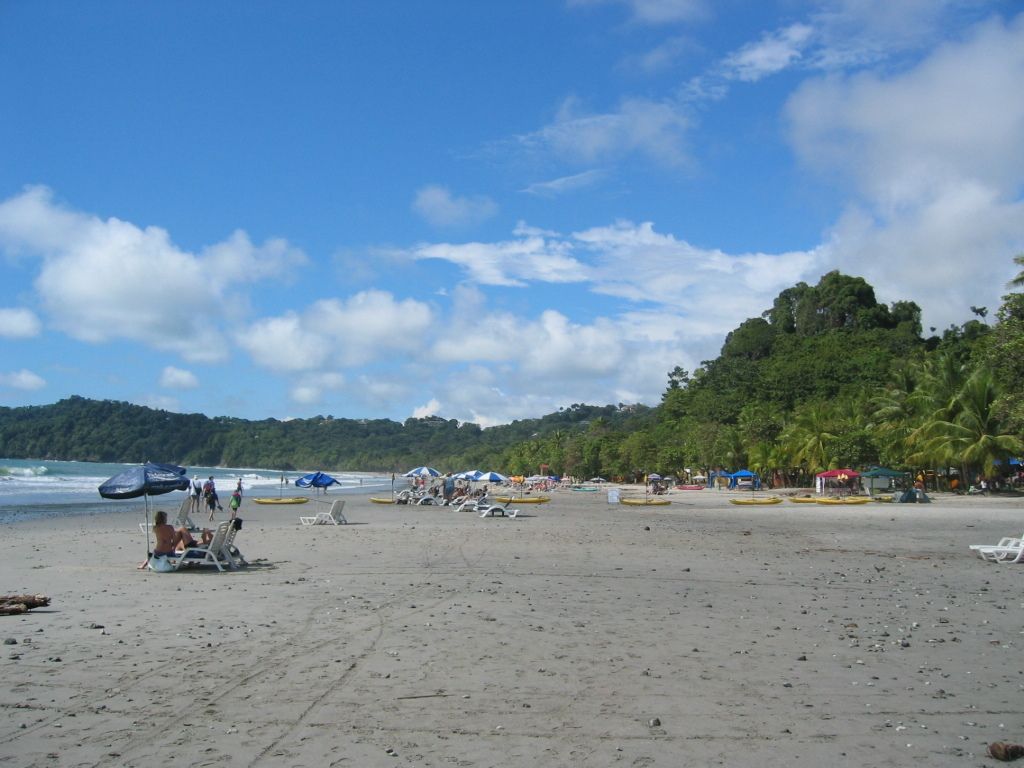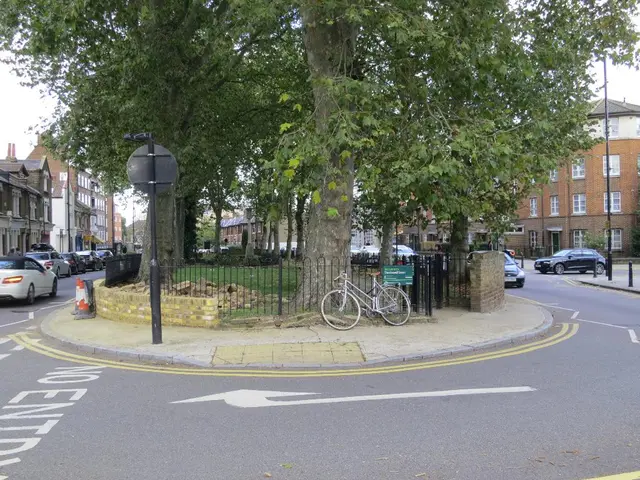Hanoi's Urban Railway Revolution
Hanoi implements unique strategies to expand its urban rail transit system
It's full steam ahead for Hanoi, as the city gears up to transform its transportation landscape! The hustle and bustle of the city's streets will soon be accompanied by the hum of the Cát Linh-Hà Đông Urban Railway, the first piece in Hanoi's ambitious urban railway puzzle.
Now, here's where things get interesting! The Hà Nội People's Committee has issued a resolution, Decision No 2613/QĐ-UBND (dated May 24, 2025), that lays out a pilot program aimed at driving the development of Hanoi's urban railway system. This program is based on the National Assembly Resolution No 188/2025/QH15, and has set clear objectives to ensure the system's growth is thorough and sustainable.
So, what's on the agenda? Let's break it down:
Legal Groundwork
To ensure a solid foundation for progress, Hanoi will establish an inter-agency task force. This powerhouse will be responsible for drafting specific legal documents, clarifying provisions related to urban railway development, such as route selection, project location, technology transfer mechanisms, design standards, and more. [1]
City Planning
Paying close attention to current land use along railway routes, Hanoi aims to review and update planning for Transit-Oriented Development (TOD) areas. The updated TOD plans will be integrated into transport and electricity master plans to ensure that the projects have access to sufficient land and energy resources. [1][2]
Project Funding
A funding mobilization plan for the medium-term periods 2026-2030 and 2031-2035 is being developed. This plan involves utilizing local budget resources, allocating public investment capital for pre-investment activities, and meticulously preparing for land clearance, compensation, resettlement, and technical infrastructure relocation. [1]
Upcoming Lines
While the Cat Linh-Ha Dong line is already operational, a few other lines are in the works. Construction on two sections of Line 2 is expected to begin in October this year (Nam Thăng Long - Trần Hưng Đạo section) and Line 5 (Văn Cao - Hòa Lạc section).
By 2027, Hanoi aims to complete the underground section of the Nhổn - Hà Nội Station line and begin its full operation. From 2026 to 2030, additional sections will be developed, including Line 3, Line 2, and the extension of Line 2A to Xuản Mai. [5]
Road to Success
To ensure smooth sailing, relevant departments, agencies, and local units will be organized and directed to implement the plan with utmost dedication. The Hà Nội Metropolitan Railway Management Board (MRB) will serve as the primary coordinator, overseeing the entire development process.
So, hold onto your hats, Hanoians! The city is on its way to creating a modern, efficient, and environmentally friendly transportation system. Stay tuned for further updates as Hanoi's urban railway revolution unfolds! [3]
[1] Enrichment Data: Infrastructure Integration and Legal Groundwork
[2] Enrichment Data: Transit-Oriented Development (TOD)
[3] Enrichment Data: Recent Developments and Deterioration Issues with the Cat Linh-Ha Dong line
[4] Enrichment Data: Planned Lines beyond the Cat Linh-Ha Dong line
[5] Enrichment Data: Future Planning and the Nhon – Hanoi Station line
The Cát Linh-Hà Đông Urban Railway. - VNA/VNS Photo
- The Hanoi People's Committee has planned to use Artificial Intelligence for optimizing the energy consumption and efficiency of the urban railways in the future, aiming to create a more sustainable and technologically advanced transportation system.
- Finance companies and banks have shown interest in investing in Hanoi's urban railway development, recognizing the potential growth and profitability in the industry, especially considering the expansion of the railway network and the increase in transportation demands due to urbanization.
- To reduce traffic congestion and promote the use of renewable energy, Hanoi's urban railway system will integrate smart transportation technologies, allowing for real-time data collection, parking optimization, and the eventual implementation of autonomous vehicles in the public transportation realm.








